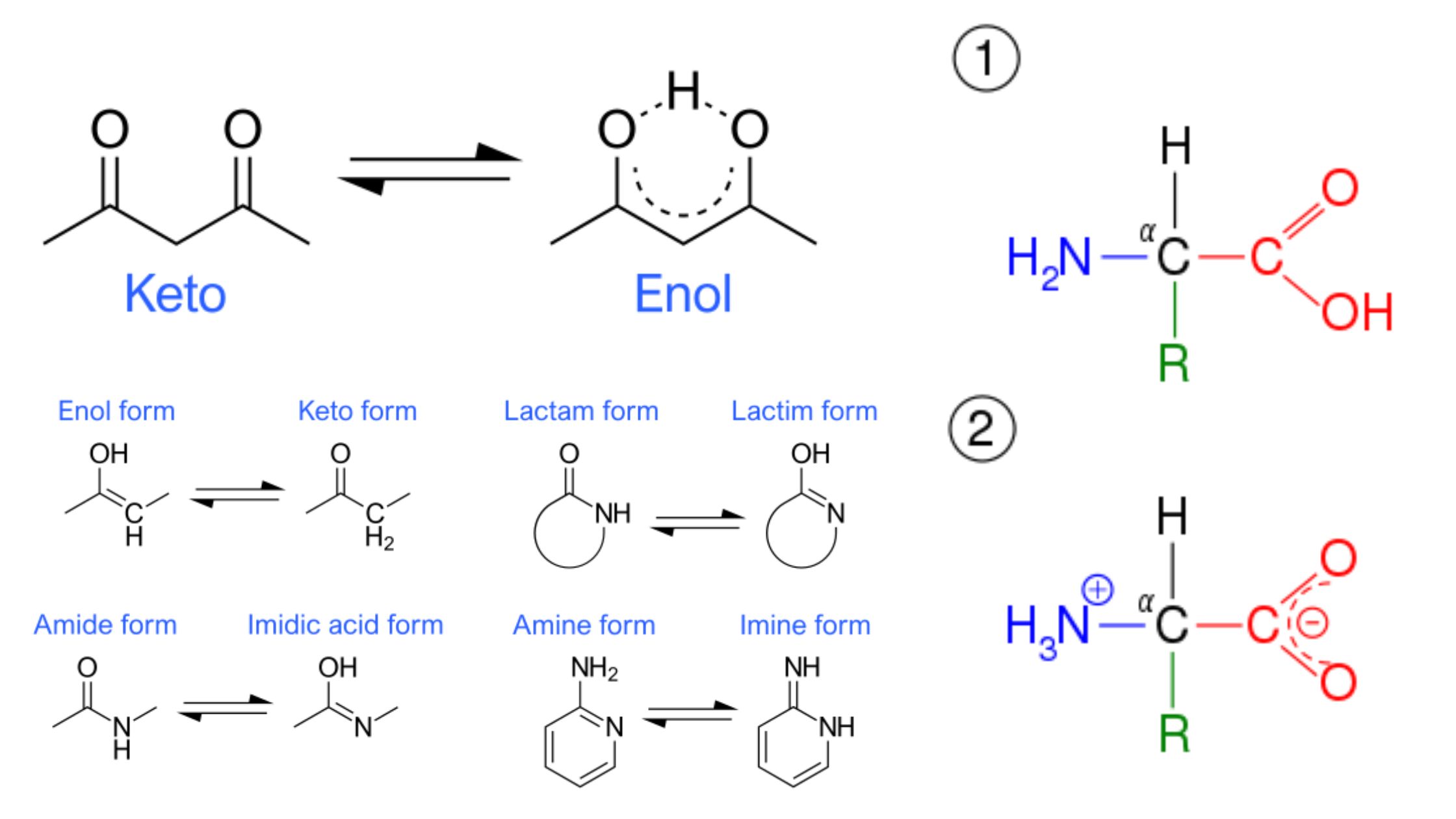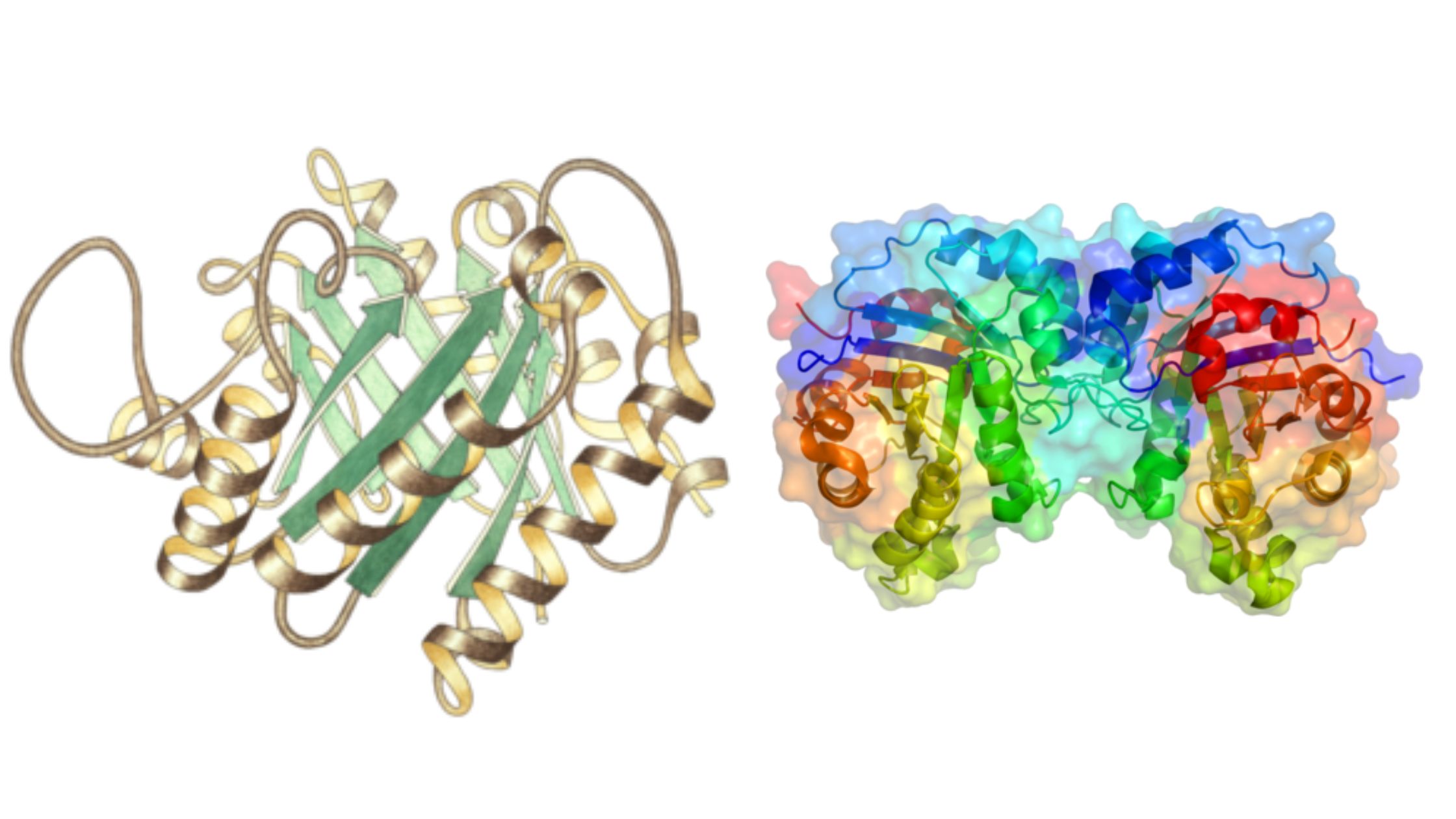Beta-oxidation of Fatty Acid – Definition, Steps, Importance
What is Beta-oxidation? Definition of Beta-oxidation Beta-oxidation is the metabolic process in cells where fatty acids are broken down into smaller units called acetyl-CoA, generating energy in the form of ATP. Location of Beta-Oxidation Beta-oxidation, a crucial metabolic pathway for the breakdown of fatty acids, occurs in specific cellular locations depending on the organism’s type. In … Read more









